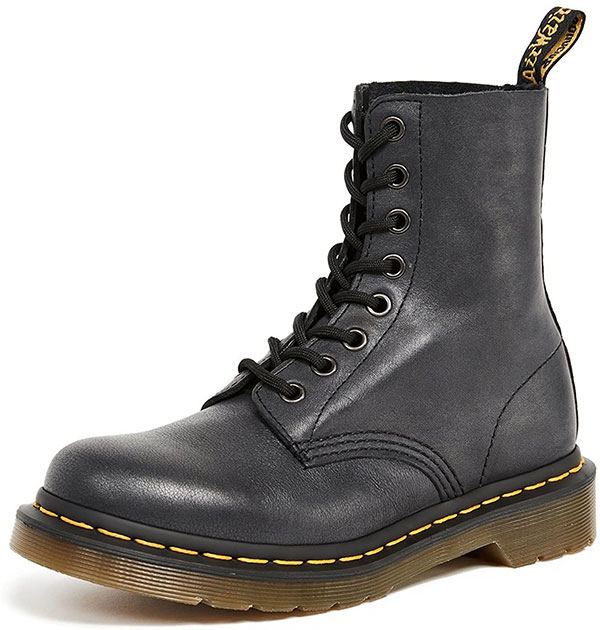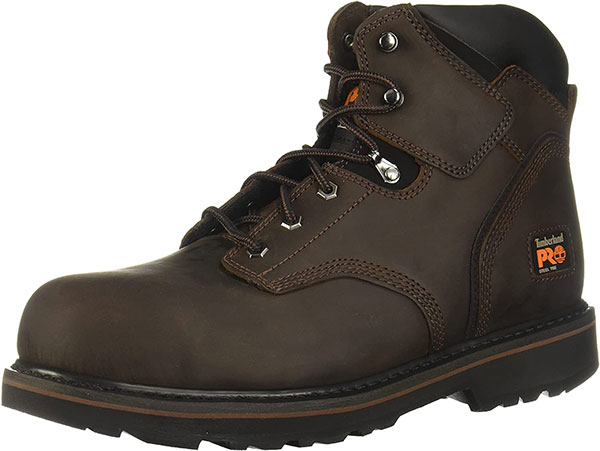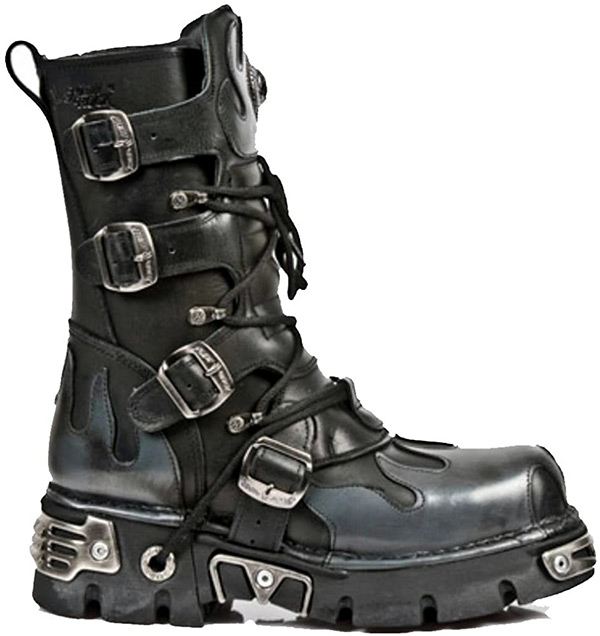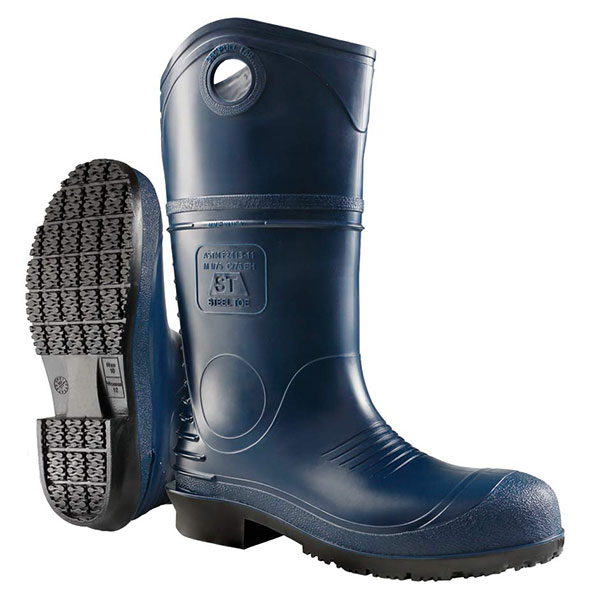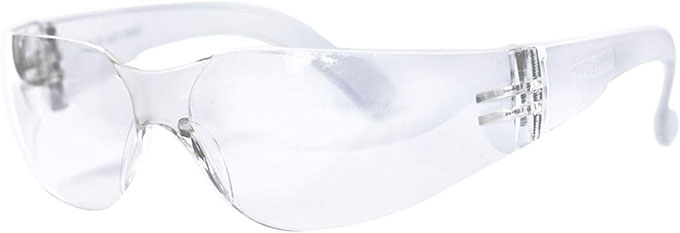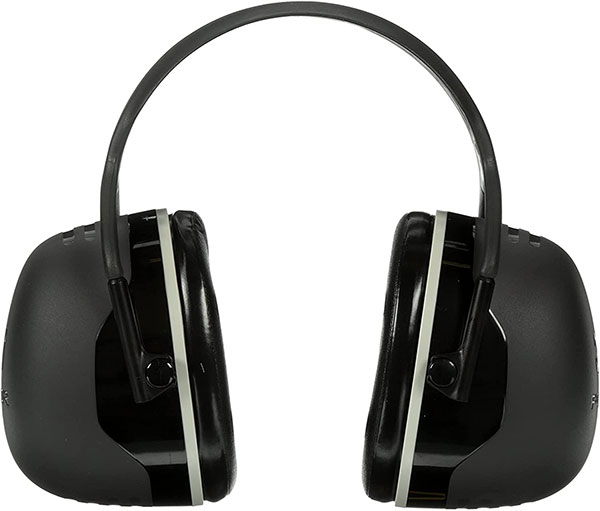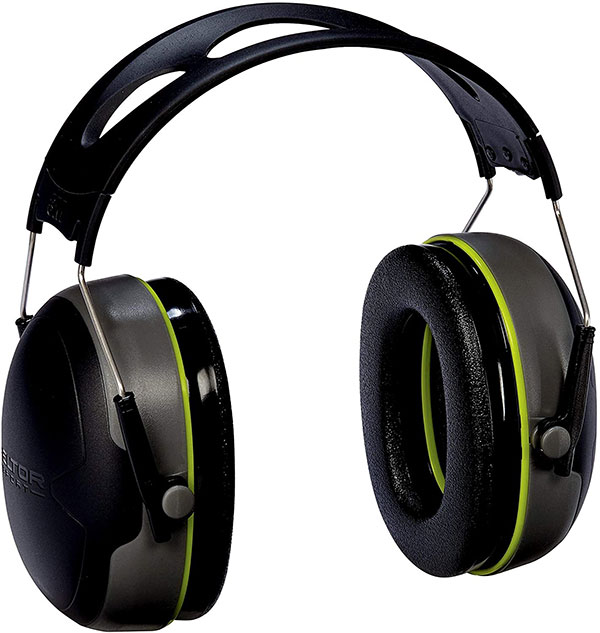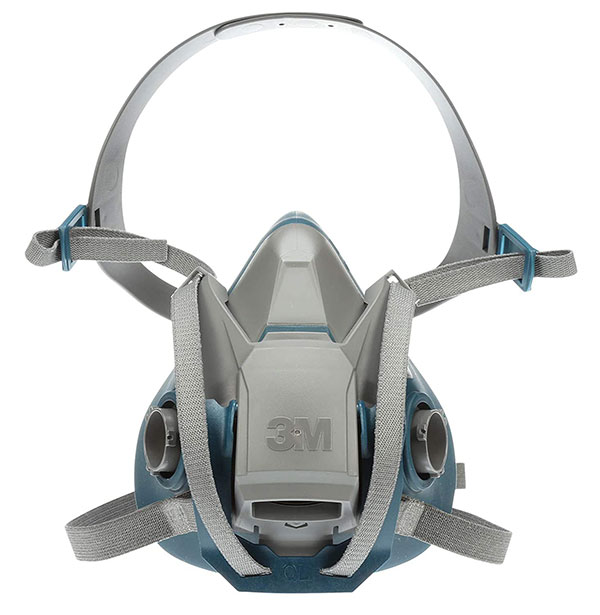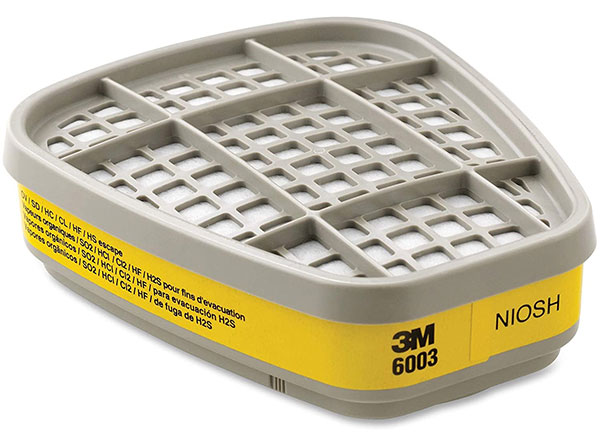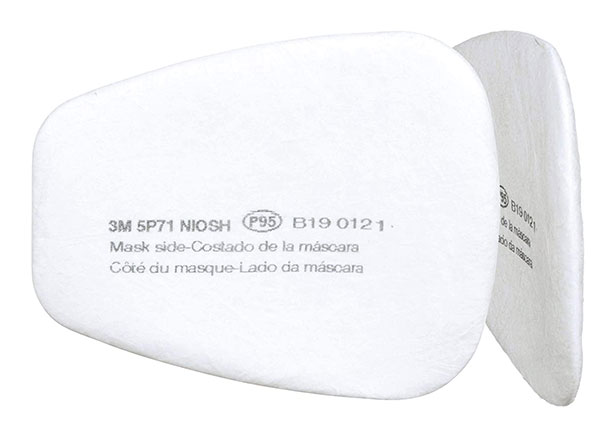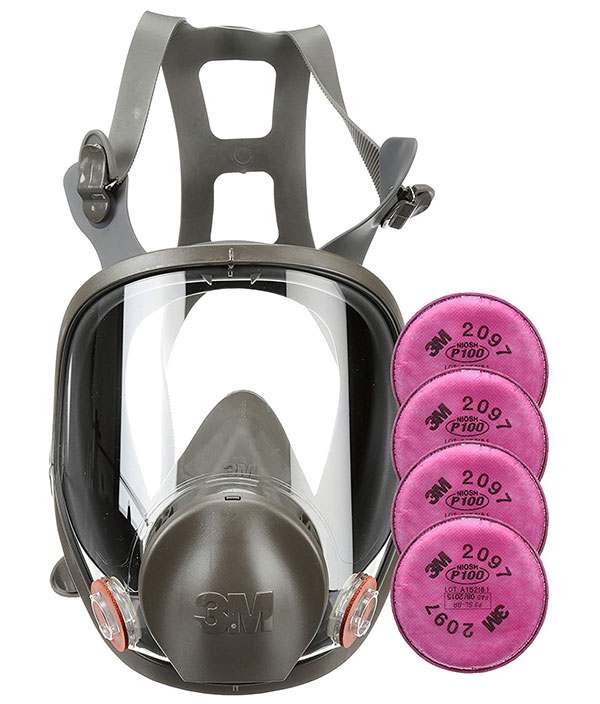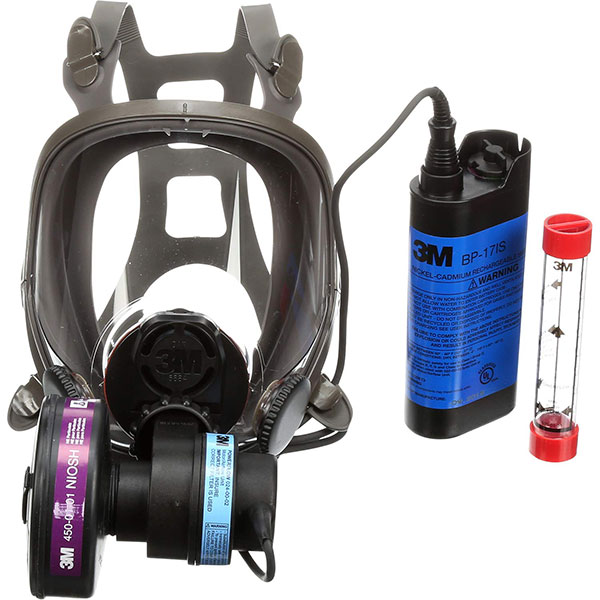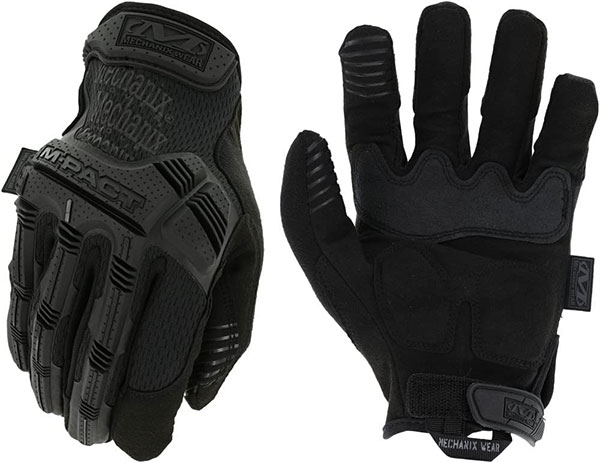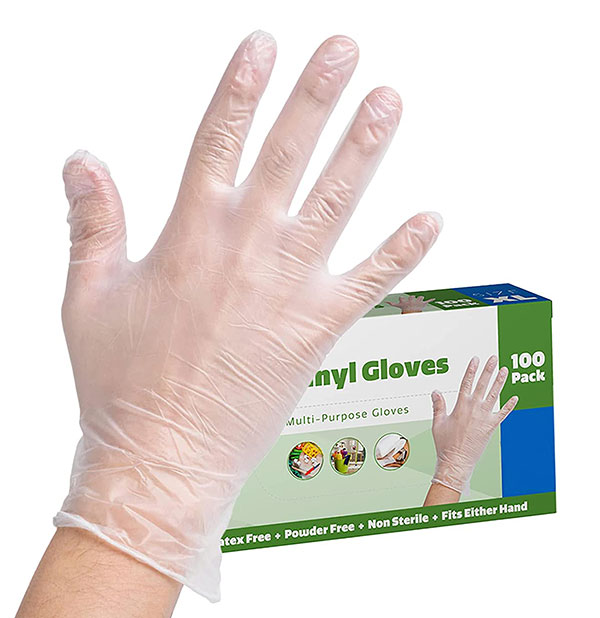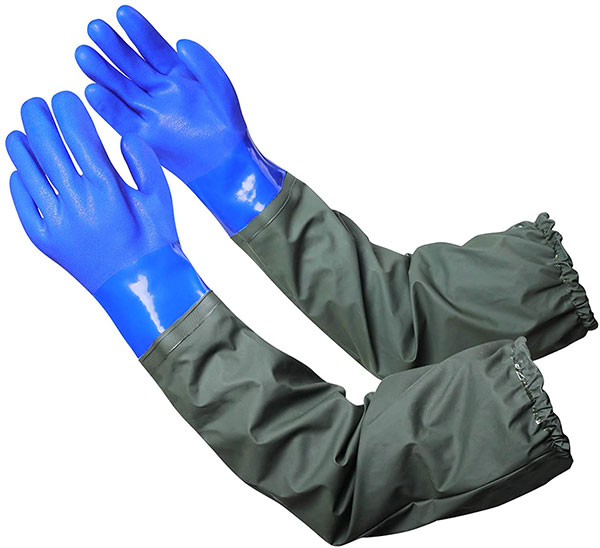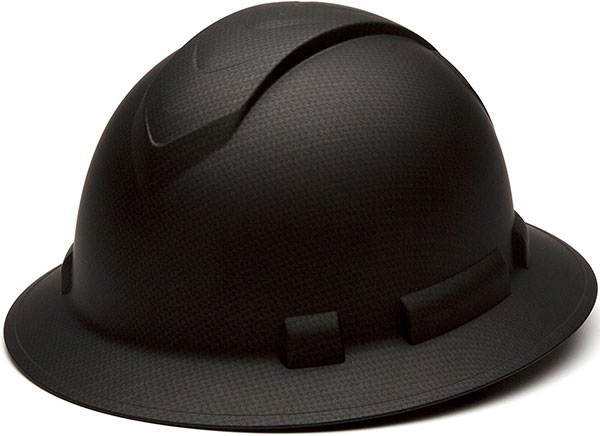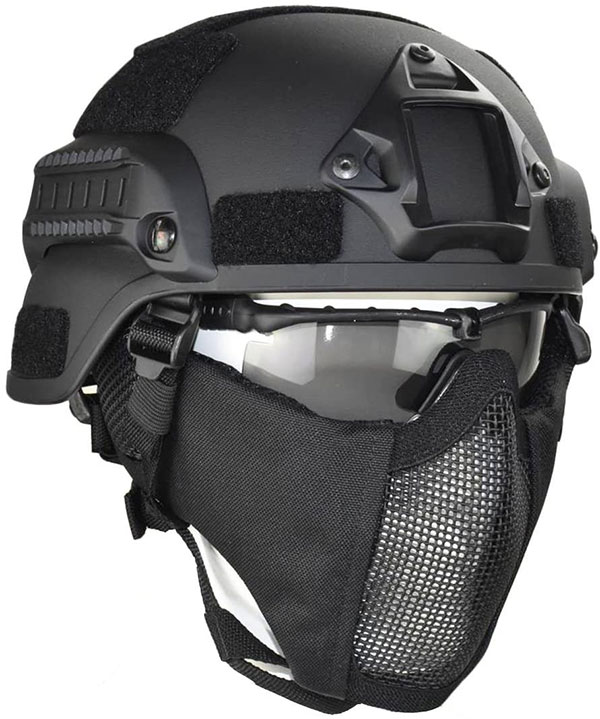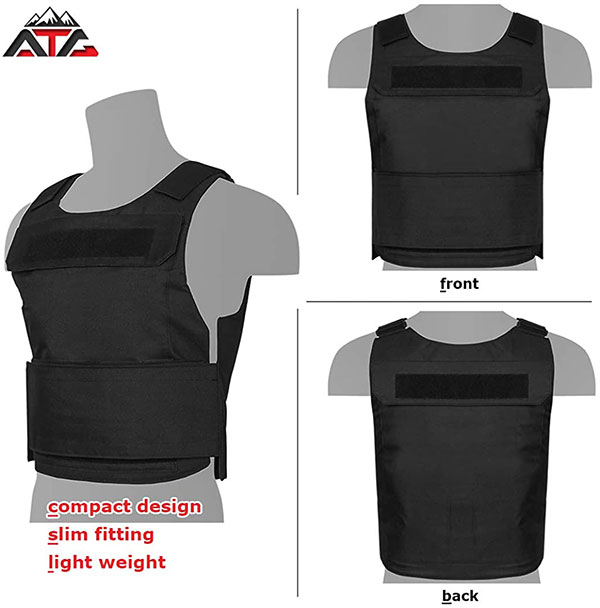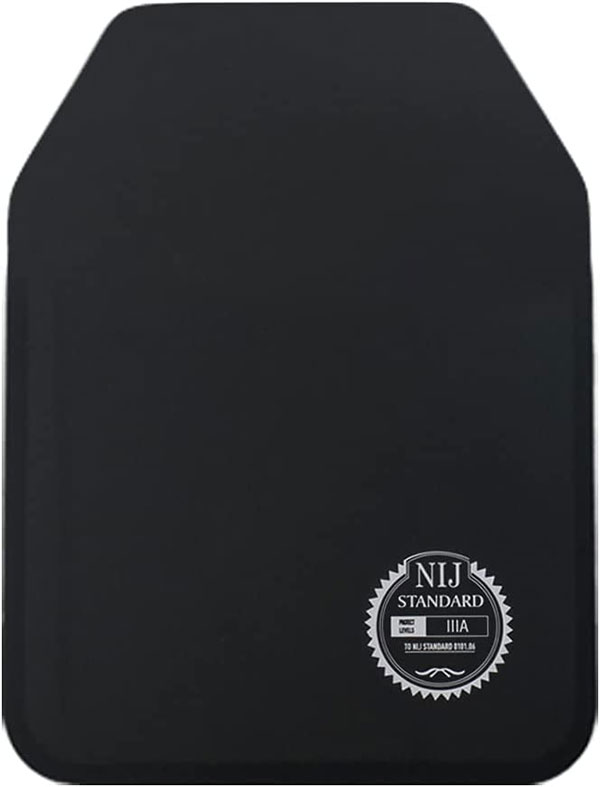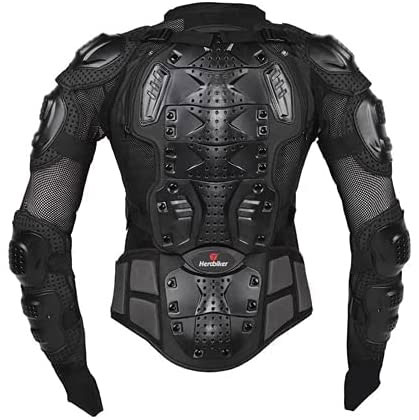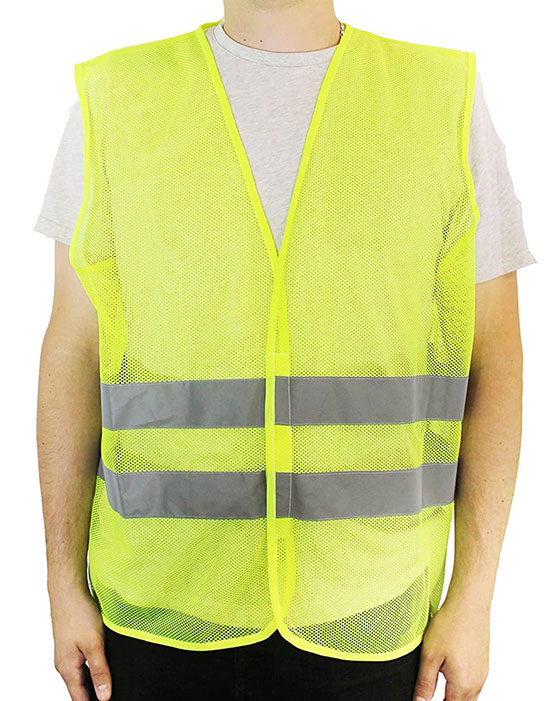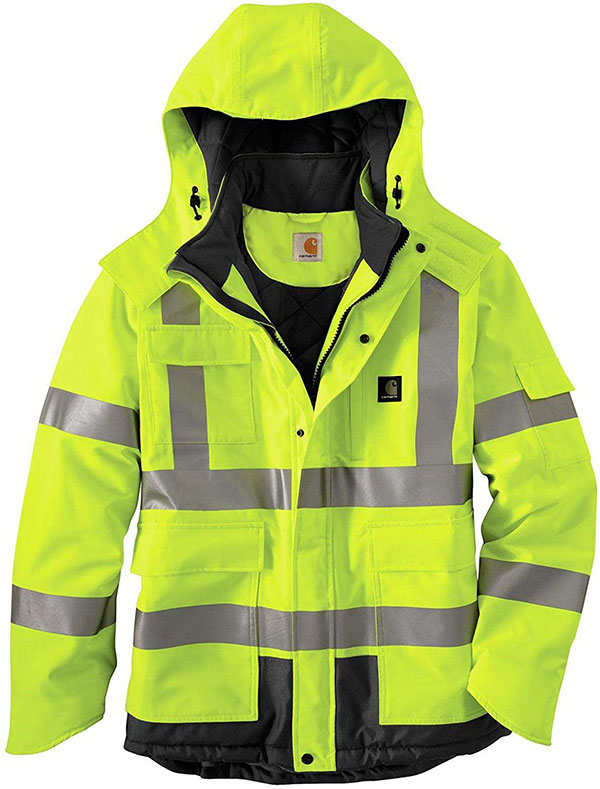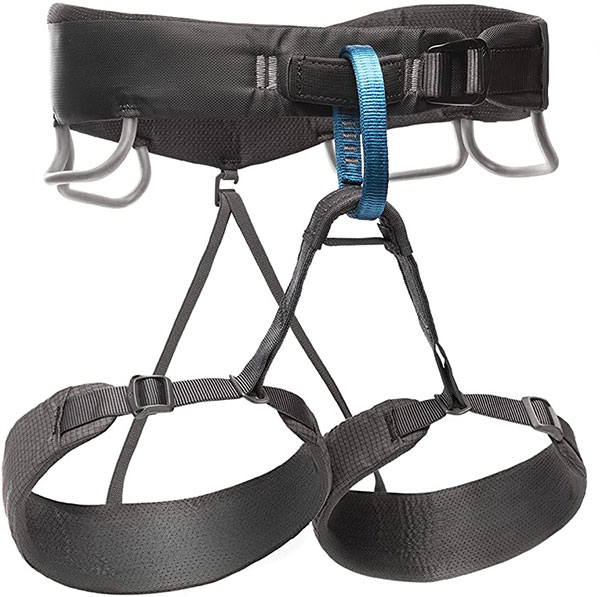Click Here To Join Our Telegram Channel for FREE daily tutorials!
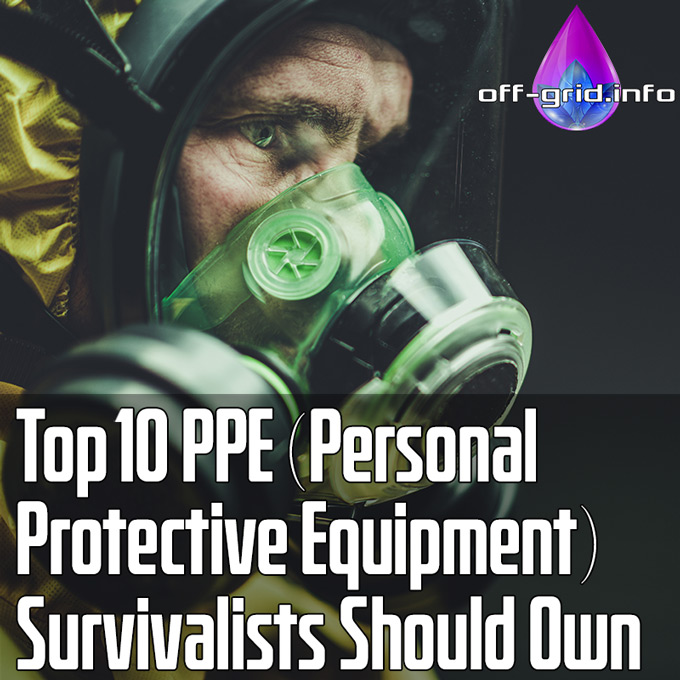
Top 10 Most Important PPE (Personal Protective Equipment) Items For Survivalists / PPE For SHTF. Graphic © off-grid.info. Background Image: Pixabay (PD)

The term PPE is generally used in reference to worker safety – and the use of PPE in the work environment is typically covered by workplace regulations / code requirements. That’s not the topic of this guide: If you are using or supplying PPE in the workplace, please refer to official documentation and safety codes for your intended use. Note also that using PPE in non-workplace scenarios may be disclaimed from manufacturer liability under “not used as intended” clauses.
The above notwithstanding, an alternate arena in which PPE may be of very high importance is of course SHTF / survival scenarios. Survival situations can be unpredictable, unforeseen and chaotic – meaning that it’s a good idea to have some good general purpose protective gear on hand that can help you get through “whatever is happening”. Good quality PPE can be invaluable and potentially lifesaving when things take a turn for the worse. Many of these items are also super-useful in day-to-day life, making them a valuable investment!
Let’s take a look (in no particular order) at ten of the most valuable types of PPE that may be of benefit in survival and emergency situations.
1. Boots
Army training has for many centuries included proper boot maintenance – for a good reason: Good footwear can make the difference between combat-ready and immobilized! The fact that soldiers place such a high emphasis on boots indicates that all survivalists should take note. Don’t skimp on a good pair of boots.
I can’t imagine being in a survival situation in sneakers. They are good for running, of course, but that’s about it. They offer minimal protection to the feet against injury, whether it be crush injuries from heavy / falling objects, or against sharp objects from below. They offer zero ankle protection and minimal protection against sharp, thorny undergrowth. Same goes for other everyday footwear.

Get some good quality, sturdy boots of the correct fit and “break them in”: Wearing brand new leather boots for the first time in a ‘situation’ is a recipe for serious blisters or worse – boots should be broken in before they can be considered ready for action. In the good old days, we used to break in new leather-upper boots by standing in water up to the ankle before wearing them for the first time. This would soften the leather and make it pliable, allowing it to adjust and conform to the shape of the foot, maintaining this shape as it dried. So you had a soggy first outing but were left with a significantly better fit for the rest of the boot’s lifetime. I don’t know if this practice is still the norm, it may well be – but note that this tactic would only apply to leather; man-made fabrics won’t have this characteristic.
Here are some top-rated boots for you to consider:
First up are the very highly regarded USA-made Danner USMC Military Boots:
These are all-terrain, rugged boots supplied to U.S. military personnel – check the rave reviews from Marines! Interestingly, these boots appear to have major overstock at the moment; having been made in large numbers for Afghan deployments, and therefore may be obtained for much less than the full RRP. Snap them up!
The Dr. Martens 1460 is an old classic – a durable, hard wearing general purpose boot that has stood the test of time:

Here’s a Timberland steel toecap boot that would be a valuable addition to your survival gear. It is well suited to industrial and other work requiring toe protection:
A popular type of boot that has come to the fore in recent years is the so-called “tactical boot”:
These are a sort of hybrid of a boot and a sneaker – very lightweight, comfortable and suited to fast movement. They also have a “hardened toe and heel” to give some additional protection – however this appears not to be a steel toecap – and I am not seeing any sign of an actual rating of crush protection, which proper “steelies” ought to have for worker safety. I would also be concerned about using these tactical boots as a general purpose “DIY work” boot because the soles seem thin and thus unlikely to resist a nail penetration from below. On the plus side, being light, they confer good mobility and have lower pack weight.
For a true “zombie apocalypse” boot that is somewhat a fashion item and a bit fun, but actually very rugged and well made, take a look at the Spanish-made New Rock range:
These are super heavy and you can’t run very fast in them, but they look intimidating, have extremely thick soles, are made with very tough leather, have steel kick plates front and rear and offer outstanding ankle protection. If you had to kick a door or window in to save someone, I think these would be well up to the task: I once used them to kick 2ft rebar stakes out of hard desert ground without a mallet (true story!) They might save you, too: Another true story – I once stepped on this rusty and extremely sharp screw point, which was sticking up about two inches out of a plank that was buried in long grass in an overgrown garden…

Still gives me the shivers. I’m so glad I took this photo, I knew I would tell this story one day.
I was wearing a pair of New Rock boots. The screw sank all the way in, probably going in over 1.5 inches, and left me with a plank attached to my boot! But due to the thickness of the sole, my foot was (amazingly) completely unharmed. What a save! Preparedness rules: Had I been wearing pretty much any other kind of footwear, it would have been a hospitalization injury.
You get it now. Get some good boots. Thank me later.
Final boot type for your kit: The rubber boot aka. “Wellington Boot”:
These are waterproof calf-length boots that will keep your feet dry in water up to about 8″ deep. Also good for walking across shallow mud, however in deep mud (over about 6″) they have the entertaining habit of being pulled off your foot by the mud and left behind!
Wellingtons are a household standard for wet weather among country folk in the UK. The “ultimate Wellingtons” are considered by many to be the Hunter brand (believe it or not these are an aristocratic fashion item in the UK!) however they are extremely expensive. These Dunlop rubber boots are much more reasonably priced and also feature a steel toecap which is a valuable addition. Anyone who’s had a horse step on their toes will nod in agreement!
Note that cheapie brands are prone to splitting and once a Wellington boot is split, it’s pretty much useless.
2. Eye Protection
A simple pair of wraparound polycarbonate safety glasses (per family member) is a valuable addition to a survival kit:
If you were caught in a situation where there is glass shattering or other fragments may be flying through the air, safety glasses could save your eyesight and more: Eye injuries are an absolute nightmare and make everything grind to a dreadful halt.
Basic safety glasses can help – a lot – with eye protect; but bear in mind that while valuable, they are not absolutely perfect. They do have a small gap around the outside of the lens. Once, working in my home workshop, I was cutting some sheet metal with a power tool. I was wearing safety glasses – similar to the ones pictured above – but a “perfect shot” from a hot flying fragment traveling at a critical angle went through the gap around the frame – and right into my eye! Fortunately I was able to see the metal fragment in the mirror and remove it from my eye with a damp q-tip (another survival kit essential). My eye was undamaged – but it could have been a very bad day. Now I use full safety goggles that fit the face with a foam seal – and cannot admit any flying particles:
The Bollé goggles I linked to would in my view make an excellent addition to a survival kit. Don’t risk your eyes; it only takes one fragment, one time…
3. Ear Protection
Both brief and ongoing loud sounds can cause hearing damage – both temporary and permanent – as is well known. Loud noise can also cause fatigue (“audio fatigue”) and even disorientation.
Earplugs: Everyone should hold a few packs or even a box of foam earplugs:
They are inexpensive, weigh almost nothing – and have great noise reduction (the ones I linked are rated at 33dB noise reduction rating, aka “NRR 33”). A few pairs can be popped into a small ziploc bag (if they are not already bagged in pairs) and taken with you for every day carry. In safe scenarios they can be used to drown out noises that are causing sleep disturbance or distraction: I have found, interestingly, that wearing earplugs when working, even if there are no dangerously loud sounds happening, seems to aid concentration and thought. Be advised that wearing earplugs is of course not advised in situations where you need to be able to hear what is going on: You might not for example hear someone walking up behind you, a warning shout or something falling.
Learn to fit earplugs well. Rolling them between finger and thumb to make them thin will greatly aid insertion. You have a few seconds to get the placement right before they start to expand and make movement more difficult, then the world goes quiet. Pushing them in ‘just the right amount’ is an art form too. Push them in too far and they become difficult to remove; not far enough and you won’t get a good seal / sufficient noise reduction.
Ear Defenders: The “next level up” of hearing protection is ear defenders of the standard “workshop or shooting range” type. 3M makes a well known ‘serious’ ear defender – the Peltor X5A:
This is rated at 31dB. I have these and absolutely love the amount of sound reduction they give, as well as their comfort – however they have a downside which is that they stick out like crazy. They not only make you look like Mickey Mouse but you have to remember you are wearing them, because otherwise you will bump against all sorts of things. I’ll bet this happens to you! But protection of that precious hearing more than outweighs these considerations for general use.
Fortunately, 3M also makes a Peltor Sport which is much less physically obtrusive and is evidently targeted at shooters, though many positive reviews from DIY power tool users indicate their value for various uses:
There are various other “cheapie” brands and I am skeptical of their honesty regarding the level of noise reduction.
Ear defenders can (when it’s safe to do so) be used in conjunction with earplugs for even greater noise reduction: If I am using a really loud power tool in my home workshop, for example an electric planer, I sometimes even “double up”; using both earplugs and ear defenders.
4. Respiratory Protection
I would place a good respirator right up at the top of the list of important SHTF items to own. Get a high quality one for each family member – and learn how to use them. For me there’s only one brand I would go with: 3M. They are the industry standard for a reason. I have three!
In many survival / disaster scenarios, dangerously toxic air pollution is part of the mix. Wildfire smoke, asbestos-laden dust from a building collapse, tear gas, dust storm, burning plastics, viruses and many other hazardous substances could be in the air. Some of these absolutely could kill you.
There’s also the possibility, thankfully uncommon at the present time, of poison gas attacks; and of course the “biologicals” that we have all had to deal with in the last couple of years.
Here’s a run-down of the different types of respirator, from cheap through to expensive:
Basic N95 Paper Face Masks: NIOSH approved, cheap; and I might get into trouble if I say too many bad things about them – but tbh I don’t rate these very highly at all. I have no agenda here. They offer some protection against particulates and of course the dreaded viruses – but they have some drawbacks: 1) They don’t offer any “gas phase” protection i.e. against solvents or other gaseous pollutants. 2) Disposable masks, especially those with a single, non-adjustable elastic strap, often don’t seal very well against the face, meaning that some of the air you are sucking in may go right around the edges of the mask. 3) There is also no good way to test the seal; unlike the 3M half face and full face respirators, which can easily be checked for a seal. A paper mask will get you into the grocery store and you might as well pack a few in your survival kit – but real survivalists know their limited value.
“Half Face” Respirator: Now we are into the realms of more serious respirators. A good industry standard half-face respirator that will provide excellent general purpose use is the 3M 6502QL:
Half face respirators are designed to cover the mouth and nose but not the eyes.
Learn about the various cartridges available, how to use them correctly, which substances they will remove from the air and for how long. For example the 3M 6003 cartridges protect against organic vapours (i.e. solvents) and acid gases such as sulphur dioxide:
So much for “gas phase purification”. The good news is that you can easily combine your choice of gas-phase cartridges with the particulate filters – using the simple clip-on filter retainers – for good all-round general protection:
Respirator cartridges have a limited life; you may see both a best before date and a total number of hours of use they are intended for. Make a note of the date they were put into service and “if in doubt, switch it out”.
Full Face Respirator: Now a “full face” respirator such as the 3M 6800 (or the updated 3M 6900) is a fantastic piece of survival gear:
It gives robust eye protection – the 6900’s face shield meets requirements of ANSI Z87.1-2010 for high impact (Z87+) – as well as high quality air filtration. This respirator can give very real and potentially livesaving protection in brutal circumstances.
One of the great benefits of a full face respirator is that it does the job of two items: Safety glasses and respirator. If you need to wear both a respirator and eye protection at the same time (quite common!) it gets a bit difficult: The safety goggles will not sit correctly over the top of the mask and end up perched ridiculously in the wrong position, prone to falling off and leaving a big gap under the eyes. They may also disturb the seal of the respirator. Because of the nuisance, people tend to skimp on one or the other, and this type of risk-taking can cause bad things to happen. The full face respirator solves this problem beautifully. (A face shield can also work as it doesn’t interfere with a mask.)
A further and highly significant benefit of a full face respirator is that it offers a more complete protection against biological contamination – because it completely protects the eyes, a very common route for infection into the body – either via micro-droplets or from manually rubbing the eyes.
Full Face With PAPR:For an “even more serious” full face respirator, check out the 3M 6900PF system:
This, according to the Amazon page, gives protection against lead, asbestos, radionucleides and radon daughters (when fitted with the 450-01-01 cartridge as illustrated). Despite their high cost these are flying off the shelves right now as you can imagine, with WW3 fears looming! I want one of these so badly.
This is the same 6900 face mask but with an added Powered Air Purifying Respirator (PAPR) active airflow system – the “PF” in the model number is short for “power flow”. It has a fan and a battery pack, pulling filtered air into the mask continuously and therefore not only making breathing more effortless but also reducing the risk of unfiltered air being pulled in through a breach of the face seal. I really like this unit a lot and survivalists will of course be highly motivated by the protection against radioactive particles, particles and biologicals.
The 3M 450-01-01 filter, designed to be used in conjunction with the 6900PF, is not only used in scenarios such as asbestos and mold remediation, but is evidently an equipment of choice for emergency use: One reviewer wrote “1 year in… kept me alive through C0V1D working in an ICU with the Powerflow PAPR”. This respirator is a serious item of real survival gear.
Pro Tip: Take a look at the user instructions for the 3M Powerflow system. You can learn much from such documents, not only about this respirator but about general correct use of respirators and strategies for dealing with contaminated areas in general. Learning how to use your equipment is a vital part of prepping! Good gear is very valuable, but you can’t just shop your way to survival. If you “just buy stuff”, pack it in a crate and wait for the worst to happen, you are not going to be truly ready when it does. Make sure also that you have printed copy of all relevant instructions with your survival kit.
Important Note: A respirator may be very helpful to help you endure or get out of a smoky / dusty / fumey situation; but will not give protection against carbon monoxide / carbon dioxide or other scenarios of oxygen shortage / extreme levels of fumes. This is why you see fire crews entering smoke filled buildings with full breathing apparatus that includes air / oxygen cylinders! It’s a sad truth that many people die going back into burning buildings to rescue their laptop / pet / whatever. Do not attempt to enter a burning building with a standard “cartridge respirator”, thinking that it will “stop everything”! It won’t! “Get out and stay out” is still the rule of thumb.
5. Protective Gloves
There are many different types of glove for different purposes. Let’s cover some of the ones that are going to be of use to the survivalist.
General work gloves: Pack at least one robust pair of gloves in your survival kit. They protect the hands while doing various kinds of rough work and also enable you to work faster / harder. Imagine a scenario where you have to move a pile of rubble and random debris – fast. Working with bare hands is going to be a nightmare. Work gloves of the modern type have a good balance of dexterity and protection – but bear in mind also that they are not invincible; sharp metal, large thorns and some other hazards may be too much for them.
Choose something which has added knuckle protection and palm padding; I’ve tried a mountain of different brands and really like the Mechanix M-Pact:
Leather Gauntlets: I’ve found that welding gloves made from thick leather are very useful for metalwork, as well as dealing with sharp thorns in the garden:
These would make a fine addition to a survival kit. They also have sleeving to protect the wrists and forearms, but note that these gloves are also very cumbersome and hinder dexterity, making fine work / detail tasks difficult.
Hardknuckle / Tactical / “Bouncer Gloves”: Tactical gloves such as these are often used by security guards, bikers and Law Enforcement:
They feature a very tough protective area over the knuckles that gives both impact / scrape protection and a +1 on strike force. Very handy in a scenario where the need for self-defense is a possibility, but I found these gloves less than ideal for ordinary “rough work use”: The velcro fastening secures them onto the hand extremely well, meaning they won’t get pulled off in a tussle, however for the kind of work that requires taking them off and putting them on frequently, the fastening system is laborious.
Some types of “bouncer gloves” have a kind of “sandbag” layer over the knuckles that adds weight and force to a punch as well as protection to the hand.
Disposable nitrile / latex / vinyl gloves are of course useful for food hygiene and for first aid kits. Here’s an inexpensive box of vinyl gloves that got good reviews:
Liquid / Chemical Gloves:A further super-useful protective glove for your kit is the long-sleeved waterproof glove:
This gives general ‘up to the shoulder’ protection against various liquids including chemicals and oils. This is a really handy item for general purpose use, for example faciliating manual clearing of a blocked drain without getting the nasty gunk all over you – or for any use where you don’t want to get splashed with whatever you are dealing with. I’m not sure if it is rated for concentrated acids so check accordingly.
6. Hard Hat / Safety Helmet
Depending on the circumstances you anticipate, a safety helmet can be an extremely valuable protective item:
Some worker-type hard hats also come with ear defenders or face shields “built in”. Tons of choices – take your pick, I’ve linked to one that is ANSI certified.
I’ve also found numerous “tactical helmets”, such as this one:
– although I would advise caution here: I searched Amazon but did not spot anything actually rated for ballistic protection in the search results.
UPDATE: Found lots of up to date info on ballistic helmets! Watching these 3 videos will catch you up to speed on the tech.
(TL/DR: Gentex latest IHPS military helmets as used by Special Forces are lightweight and confer significant protection, even against rifle rounds. Around $1200 a pop, not sure if these are available to the public – but they exist!)
7. Face Shield
A simple face shield is very valuable in numerous circumstances. I keep one in the workshop for situations where I need face protection. Here’s a highly rated but inexpensive face shield that is rated ANSI Z87 for protection against “work injuries from impact, non-ionizing radiation, and chemical exposure from machinery, welding, cutting, grinding, and other types of work that present potential hazards to the face”:
8. Full Body Protection / Ballistic / Body Armor
Military, Law Enforcement and Security personnel will pack a plate carrier:
This is a (typically sleeveless) vest that permits the insertion of ballistic plates – both front and rear:
Ballistic plates are kevlar plates that give the vital organs valuable protection against bullets, sharp objects, flying fragments and other projectiles. Understand the different ratings for ballistic plates and the kind of rounds they give protection against: The ballistic plate I linked to is NIJ Standard-0101.06: NIJ IIIA, which is reported to give protection against standard AK-47, type 56 rifles and 54 pistols. This plate is very well reviewed, with positive comments evidently written by personnel who have used them in the line of duty.
For those wanting the very best – here’s a report on the “best body armor on the planet” from Tactical Rifleman:
Some “tactical backpacks” also have a pocket that is sized for a ballistic plate, which adds an interesting protective dimension to a bug-out bag or EDC pack!
Beyond this, there are various kinds of body armour available and you could even improvise your own if you are of the creative or low-tech persuasion: Exploring on Amazon, you can even buy a Complete Chainmail Kit! This sounds like a fun project for getting in touch with your ‘inner Viking’; but unless you are in a medival warband, a more useful item for a survivalist might be a motocross protective body armour jacket such as this one, which looks suitably post-apocalyptic as well as giving protection against falls and other impacts:
Very useful when you are going at full tilt to outrun zombies on your dirt bike 🙂 – as well as for various other circumstances.
Simple low-tech solution: Leather Jacket. Bikers of course know a thing or two about bodily protection – and we can learn from this; a strong leather jacket is another valuable item in rough times, or at any time really; the classic black leather jacket is one of the few garments that looks cool in any decade – as well as not sticking out as being too far “out of the ordinary”.
Let’s not forget waterproofs. A simple set of breathable waterproof pants and hooded waterproof jacket will keep you dry when everything is soaked.
Finally on full-body protection – some coveralls for dirty work. Here’s a highly rated simple coverall aka. “boiler suit”. A simple, inexpensive disposable coverall is a further useful item to give general protection against various kinds of filth.
9. Hi-Vis Clothing
High visibility clothing is another survival essential. A simple, very inexpensive luminous yellow sleeveless vest is a useful item that weighs almost nothing and can be worn over the top of either warm or cold weather clothing:
Pack one or more in your car – because if you break down in darkness and have to walk along a road in low visibility conditions, it could save your life!
Stepping it up a notch, there is the hi-vis waterproof coat of the type worn by emergency services, road construction crews and other outdoor workers:
Carhartt is a well known high quality brand and this one got rave reviews. These high quality jackets typically have reflective strips in addition to luminescent yellow fabric, providing optimal visibility in scenarios where being seen by operators of large machinery or fast moving vehicles is mission critical.
A further benefit of hi-vis clothing in a survival kit is that if you were in a situation where a search and rescue team was looking for you, they would more easily be able to spot you.
On the flipside, there are also scenarios of course that call for low visibility. I’m still waiting for Vantablack clothing to hit the market… in the meantime, camo up.
10. Safety Harness
If you are climbing, then a proper safety harness is an essential:
Please note that a climbing harness is a specialized item of equipment that requires training to use correctly. I’ll leave those instructions to professional climbers who have far greater expertise than me, but I will say one thing: Don’t be tempted to buy cheapie brands on Amazon when it comes to climbing equipment. Get a well known and respected brand such as Black Diamond or Petzl and be sure that the equipment is certified / rated for your intended use.
Maintenance Of PPE:
PPE should be kept clean, dry and in good condition. A crate with a well-fitting lid, dedicated to the purpose (and clearly marked PPE) is a good idea. Make sure that everyone in your group knows where the PPE is and has some basic training. Check over your protective gear regularly, learn everything you can about its correct use and its use limitations, practice using it and be sure to replace worn or heavily used items. Carry some spare parts; for example respirator cartridges, and be sure to order the correct, matching components. 3M for example offer spare parts for all their gear and these have a code number, which should be listed in the equipment instructions.
Final Note: Get into the habit of using your safety gear every time – even for brief circumstances that require it. It’s the same mentality as wearing a seatbelt even when you are only driving a few miles: Don’t get lazy – and “train yourself” to always don your protective equipment when needed. It’s worth the effort!
ps. As mentioned, “survivalist use” of PPE is likely to be considered “off-label use” and may not be covered by equipment warranties etc.
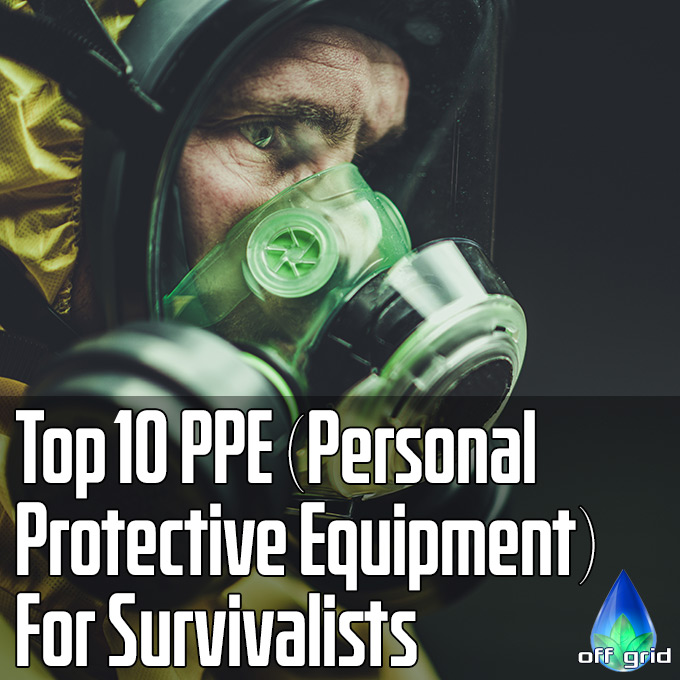
Top 10 Most Important PPE (Personal Protective Equipment) Items For Survivalists. Graphic © off-grid.info. Background photo – Pixabay (PD)

This Crazy Off Grid Device Literally Makes Drinkable Water From Fresh Air:
According to NASA, the U.S. is expecting a 100-YEAR LONG MEGADROUGHT.
It's already begun. Ask the farmers in California. They know.
Every survivalist knows that water is of critical importance. You NEED an independent water source that you can count on!
As an interesting "survival rehearsal" - imagine that you turned the tap on right now and nothing came out. How long would you last?
But what if there was another water source literally hidden in plain sight. That's right, I'm talking about the atmosphere!
The amazing thing about getting water from the natural moisture in the air... is that it is ALWAYS available.
This gives you real water security!
Learn more about how to tap into "Nature's secret water reservoir" and stay hydrated when TSHTF!
Watch the video:
� What Tinnitus Does To Your Brain Cells (And How To Stop It)
After 47 years of studies and countless brain scans done on more than 2,400 tinnitus patients, scientists at the MIT Institute found that in a shocking 96% of cases, tinnitus was actually shrinking their brain cells.
As it turns out, tinnitus and brain health are strongly linked.
Even more interesting: The reason why top army officials are not deaf after decades of hearing machine guns, bombs going off and helicopter noises...
Is because they are using something called "the wire method", a simple protocol inspired by a classified surgery on deaf people from the 1950s...
Most People Don't Have The Guts To Try This:
An amazing discovery in an abandoned house in Austin, Texas: A lost book of amazing survival knowledge, believed to have been long vanished to history, has been found in a dusty drawer in the house which belonged to a guy named Claude Davis.
Remember... back in those days, there was no electricity... no refrigerators... no law enforcement... and certainly no grocery store or supermarkets... Some of these exceptional skills are hundreds of years of old and they were learned the hard way by the early pioneers.
>> Click here to find out about them now
We've lost to history so much survival knowledge that we've become clueless compared to what our great grandfathers did or built on a daily basis to sustain their families.
Neighbors said that for the last couple of years Claude has tried to unearth and learn the forgotten ways of our great-grandparents and claimed to have found a secret of gargantuan proportions. A secret that he is about to reveal together with 3 old teachings that will change everything you think you know about preparedness:
>> Click Here To Watch The Video <<
What REALLY Happens When You Bury a Shipping Container? (Hint: It's A Bit Crazy...)
Shipping containers are all the rage - but if you are thinking about buying one, you MUST watch this video first:
Do not, I repeat do NOT do what these lunatics did! Can you spot the "fatal mistake" they made?
There's a general belief that if you bury a shipping container you can create an awesome root cellar / storm shelter / survival bunker.
But is a shipping container strong enough to handle the pressure?
Watch the video to see what happens:
What Really Happens When You Bury a Shipping Container? (Click To Watch Video)

I Can't Help Showing This Off:
If you haven't heard of Claude Davis yet do yourself a huge favor and watch this video.
One of the smartest guys I ever had the pleasure of meeting, Claude set-up a unique prepping system that changed his life forever.
I already tried it myself and let me tell... you I was completely blown away... His surprising tactics could make your life easier and give you the peace of mind you deserve.
Don't just take my word for it... watch his short video and decide for yourself.
>> Click Here To Watch The Video <<

More Off-Grid And Survival Resources:




